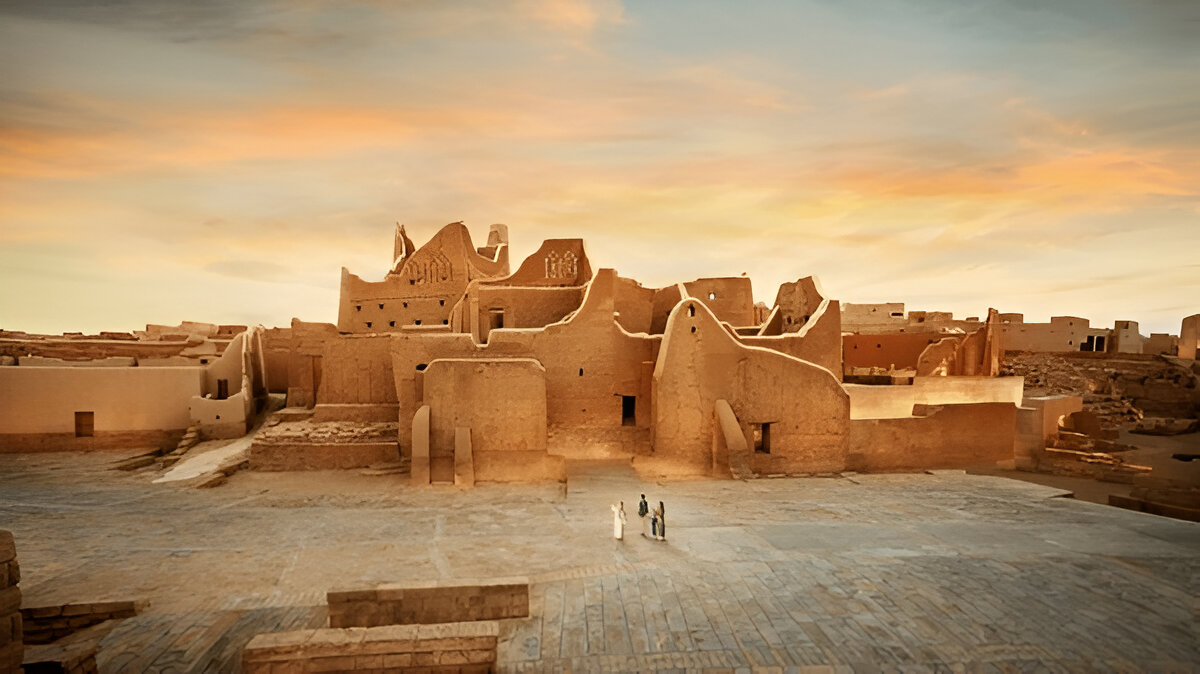Ethnoarchaeological exploration represents a fascinating journey into the lives and cultures of ancient peoples, shedding light on the behaviors, practices, and technologies that shaped human societies throughout history. From the study of modern-day indigenous cultures to the excavation of archaeological sites, ethnoarchaeologists seek to understand the past by examining the present. In this exploration, we delve into the history, methods, and significance of ethnoarchaeological exploration, uncovering the invaluable insights it offers into the human experience.
The Origins of Ethnoarchaeology: Exploring Living Traditions
Ethnoarchaeology emerged as a distinct field of study in the mid-20th century, drawing on insights from anthropology, archaeology, and ethnography to study the material culture and lifeways of modern-day societies. The pioneering work of scholars such as Lewis Binford, Julian Steward, and Marshall Sahlins laid the groundwork for ethnoarchaeological research, demonstrating the value of studying living traditions to gain insights into the past. By observing and documenting the practices of contemporary societies, ethnoarchaeologists can make inferences about the behaviors and technologies of ancient peoples.
Methods and Approaches: Bridging the Gap Between Past and Present
Ethnoarchaeological exploration employs a variety of methods and approaches to study the material culture and social practices of modern-day societies. Fieldwork typically involves participant observation, interviews, and surveys with members of indigenous communities to document their daily activities, rituals, and technologies. Archaeological excavation of contemporary sites, such as villages, campsites, and refuse pits, provides further insights into the material remains of past societies. Comparative analysis of ethnographic and archaeological data allows researchers to identify patterns and similarities in human behavior across time and space.
Understanding Technological Traditions: From Pottery to Tools
One of the primary goals of ethnoarchaeological exploration is to understand the technological traditions of ancient peoples by studying the production and use of artifacts in modern-day societies. For example, studies of pottery-making techniques among indigenous potters can provide insights into the methods and materials used by ancient ceramicists, as well as the social and economic factors that influenced pottery production. Similarly, studies of tool use and manufacture among hunter-gatherer societies can shed light on the technological innovations and adaptations of ancient peoples to their environments.
Social Organization and Cultural Practices: Insights into Ancient Societies
Ethnoarchaeological exploration also offers valuable insights into the social organization, cultural practices, and belief systems of ancient societies. By studying the social dynamics and kinship structures of modern-day communities, ethnoarchaeologists can make inferences about the social organization of past societies. Similarly, studies of ritual practices, religious beliefs, and symbolic behavior can provide clues to the spiritual and ideological worldviews of ancient peoples. These insights help to contextualize archaeological evidence and reconstruct the lifeways of past societies.
Preserving Cultural Heritage: Engaging with Indigenous Communities
Ethnoarchaeological exploration is not only about understanding the past but also about engaging with and empowering contemporary indigenous communities. By collaborating with local stakeholders, ethnoarchaeologists can ensure that research is conducted ethically and respectfully, taking into account the perspectives and priorities of indigenous peoples. Community-based participatory research approaches involve indigenous communities in all stages of the research process, from project design and data collection to analysis and dissemination of results. This collaborative approach helps to build trust, foster mutual respect, and promote cultural heritage preservation.
Challenges and Opportunities: Navigating the Terrain Ahead
Ethnoarchaeological exploration faces numerous challenges in the 21st century, including ethical concerns, political sensitivities, and the impact of globalization and climate change on indigenous cultures and environments. However, with these challenges come opportunities for innovation, collaboration, and advocacy. From the development of community-based research initiatives to the promotion of indigenous rights and cultural heritage preservation, the future of ethnoarchaeological exploration holds the promise of new discoveries and partnerships that will continue to enrich our understanding of the human past.
Connecting Past and Present
In the grand tapestry of human history, ethnoarchaeological exploration stands as a bridge between past and present, connecting ancient societies with modern-day cultures and traditions. From the study of technological traditions to the documentation of social practices and belief systems, ethnoarchaeologists offer invaluable insights into the complexities of the human experience. As we continue to navigate the terrain of ethnoarchaeological exploration, let us draw inspiration from the wisdom and resilience of indigenous peoples, and let us work together to preserve and celebrate the cultural heritage of our shared human family.




